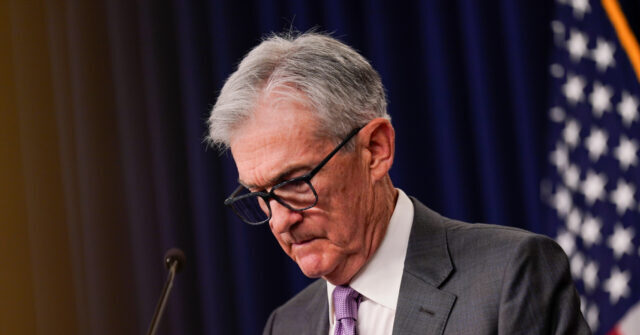In August, business inventories experienced a notable increase of 0.3 percent, representing the second consecutive month of growth and marking five months of upward trends overall, as reported by the Commerce Department. This rise in inventories could indicate confidence among businesses in future consumer demand, as the economy continues to show resilience, particularly in consumer spending. Analysts speculate that businesses might have intensified their import activities to preemptively prepare for potential disruptions, such as the East Coast port strike, which has been temporarily suspended but poses ongoing risks at least until mid-January. This strategic buildup in inventories might point towards a more robust economic environment as companies align their supply chains with anticipated demand.
Retail inventory figures also reflect this growing trend, showcasing a 0.6 percent increase in August, slightly revised from an earlier estimate of 0.5 percent. Among these, motor-vehicle inventories rose by 0.8 percent, following a more substantial 1.2 percent increase in July. When evaluating inventory changes excluding motor vehicles, retail inventories still demonstrated a positive gain of 0.5 percent. This consistent growth in retail inventory levels signals businesses might be preparing for sustained consumer spending, indicating optimism about future economic performance. Furthermore, it hints that retailers are addressing supply deficits that previously hampered sales, thereby striving for a competitive edge in the market.
Conversely, wholesale inventories saw only a marginal increase of 0.1 percent in August, coming after a slightly higher 0.2 percent gain in July. Despite the positive trends in inventory accumulation, business sales revealed a decline of 0.2 percent in August, which was a stark contrast to the 1.1 percent increase reported in the previous month. This decrease in sales raises concerns about the immediate effectiveness of the robust inventory growth. It suggests that while businesses are optimistic about future consumer demand, there may still be pressure in the short term, indicating that companies are stockpiling goods in anticipation rather than responding to robust demand in real-time.
The sustained accumulation of inventories coupled with resilient consumer spending raises significant questions about the Federal Reserve’s recent monetary policy decisions. The Fed’s decision to cut interest rates by half a percentage point last month now appears more contentious. Analysts are considering whether this aggressive monetary easing was a premature response, as the indicators show little evidence of an impending economic slowdown. The robust increase in inventories alongside stronger-than-expected retail sales and inflation metrics suggests that the economy may be on a stronger footing than anticipated, challenging the Fed’s rationale for easing monetary conditions.
Moreover, the stronger-than-expected jobs report released for September further complicates the Fed’s position. With employment figures indicating a more robust labor market, combined with higher inflation than had been forecasted, the situation raises doubts regarding the trajectory of interest rates. With these factors at play, the Fed may need to reassess its monetary stance, considering a more cautious approach against future rate cuts. Businesses appear to be forging ahead with confidence, signaling that the economic winds may not be as turbulent as previously assessed, thereby potentially influencing the central bank’s future decisions regarding interest rate adjustments.
In summary, the recent performance of business inventories, alongside consumer spending trends, suggests a more optimistic economic outlook. The increases in both retail and wholesale inventories showcase business confidence despite a slight dip in sales figures. This reinforces the notion that businesses are preparing for sustained demand rather than reacting to immediate consumer behavior. As the Fed navigates these complex economic indicators, it may find itself balancing between encouraging growth through lower interest rates and addressing unforeseen inflationary pressures. The coming months will be pivotal, requiring a vigilant approach to both inventory management by businesses and monetary policy by the Federal Reserve, as they respond to evolving economic realities.

